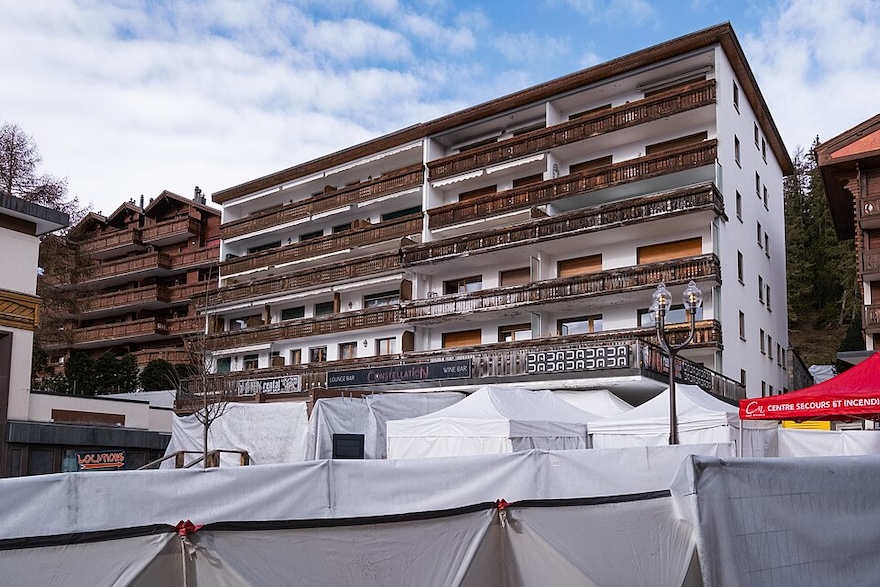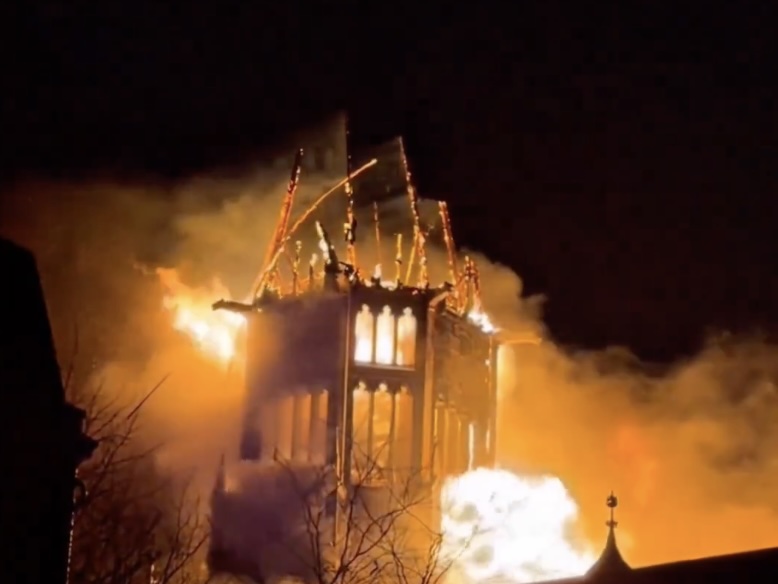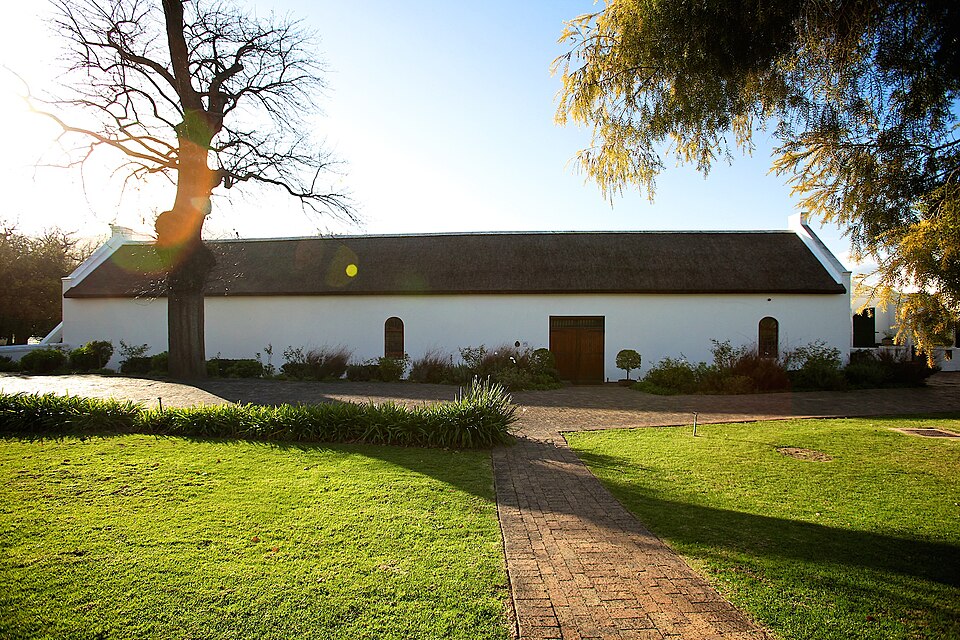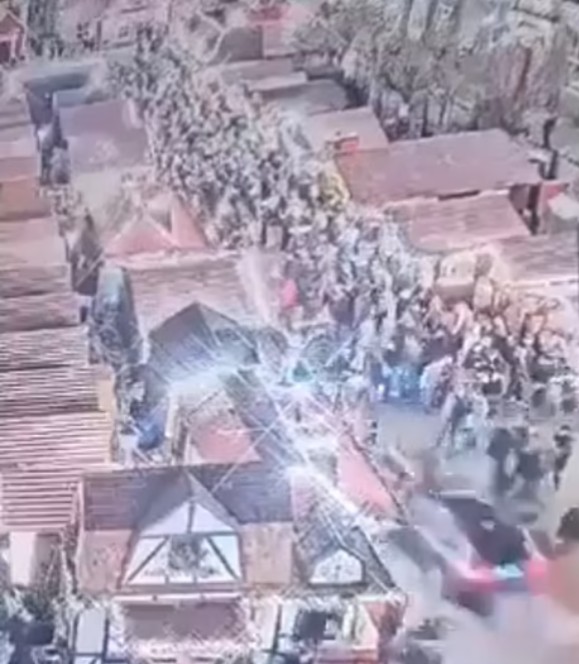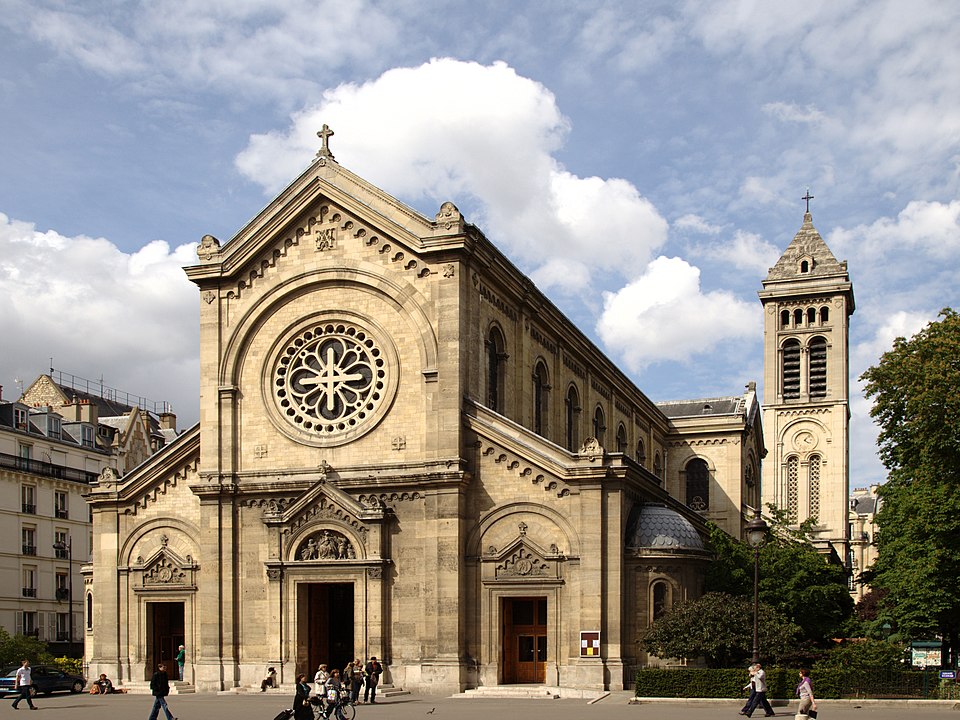Why the Harlan House Fire in San Ramon Drew Widespread Media Attention
In the early hours of July 16, 2025, a devastating fire engulfed the historic Harlan House—also known as El Nido—located at 19251 San Ramon Valley Boulevard. Believed to be San Ramon’s oldest standing home, this mid‑19th‑century wood‑frame structure was constructed in 1857 by Gold Rush pioneers Joel and Minerva Harlan.
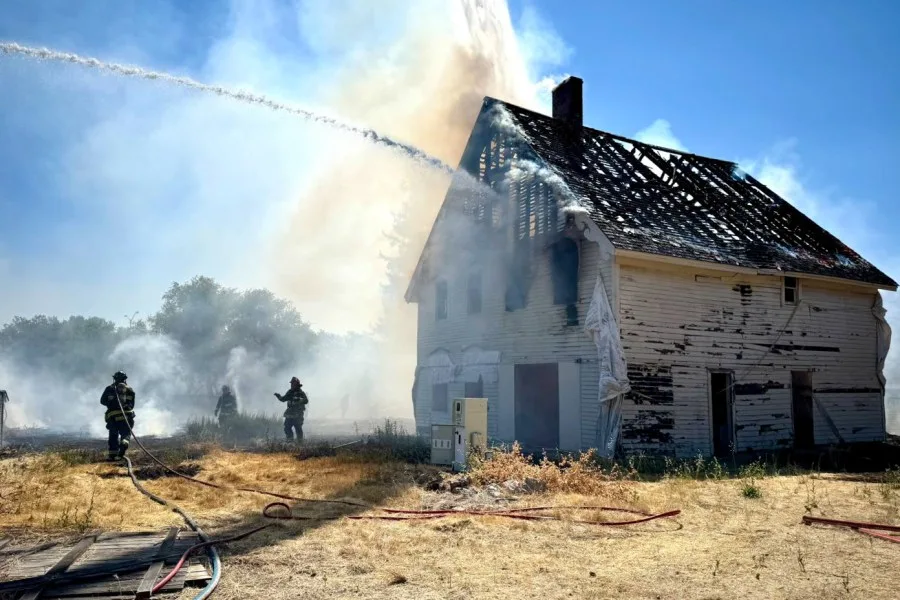
Fire crews arrived around 10:30 a.m., managing to contain the blaze within 10–15 minutes, but not before it destroyed the roof and upper floor. Fortunately, no casualties were reported.
The San Ramon Valley Fire Protection District, supported by the police, launched an immediate investigation under the suspicion of arson, prompted by eyewitness accounts of youths fleeing the scene and video evidence captured nearby.
At the time of the incident, the property’s owner, Sohail Siddiqi, was nearing approval to integrate the Harlan House into a senior-living facility project. The house had remained vacant for years, plagued by trespassing and vandalism. Its proposed redevelopment aimed to preserve this key heritage asset—yet red tape and planning delays had stretched the process across nearly a decade
The fire that destroyed Harlan House—a standing home in San Ramon, California, and one of the few surviving structures from the Gold Rush era—made national headlines across numerous U.S. news outlets, but it was still one of the historic building fires to occur in the United States. Nevertheless, it made headlines across numerous U.S. media outlets. Here are several reasons why this incident resonated so widely:
1. Historical and Cultural Significance
- Built in 1857, Harlan House was one of the last material traces of California’s Gold Rush and the broader mythos of the American West. Its destruction is not just a local loss; it represents the disappearance of a tangible link to a formative chapter of the national narrative. For many, it symbolized a shared cultural memory.
- The building was listed in local heritage records and included in long-term preservation and enhancement plans.
2. Suspicious Circumstances and Ongoing Investigation
- Media interest intensified due to suspicions of arson. Both fire and police investigative units are probing the possibility that the blaze was intentionally set. Eyewitnesses reported seeing youths fleeing the scene, further fueling public concern and debates around urban decay, heritage neglect, and site security.
3. Longstanding Debate Over Its Future
- Harlan House had been at the center of local debate for years. Preservationists, city officials, and residents had discussed possible adaptive reuse options—including its conversion into a museum or integration into a senior living facility. The building had suffered repeated vandalism and trespassing, and the fire was perceived by many as a “predictable” loss amid bureaucratic delays and insufficient protective measures.
4. A Broader Symbol of Heritage Loss
- This incident has come to represent the fragility of what little remains of early settler and pioneer-era architecture in the U.S. It has prompted renewed discourse on the country’s inconsistent approach to safeguarding historically and culturally significant sites, both in mainstream media and local forums.
5. Extensive Regional and National Coverage
- Major outlets across the Bay Area and national networks covered the story, amplifying its reach. The emotional reaction from the community and advocacy groups—many of whom had campaigned for the site’s preservation for years—further heightened its media profile. Broadcast footage and social media content documenting the aftermath helped maintain public engagement and awareness.
The Harlan House fire resonated deeply with the public and the press because it combined several compelling elements: the loss of an iconic heritage site, the mystery of its destruction, unresolved preservation efforts, and broader anxieties around the erasure of collective memory. For professionals in cultural heritage protection, it stands as a sobering reminder of the urgent need for preventive conservation, improved site security, and more responsive policy frameworks
